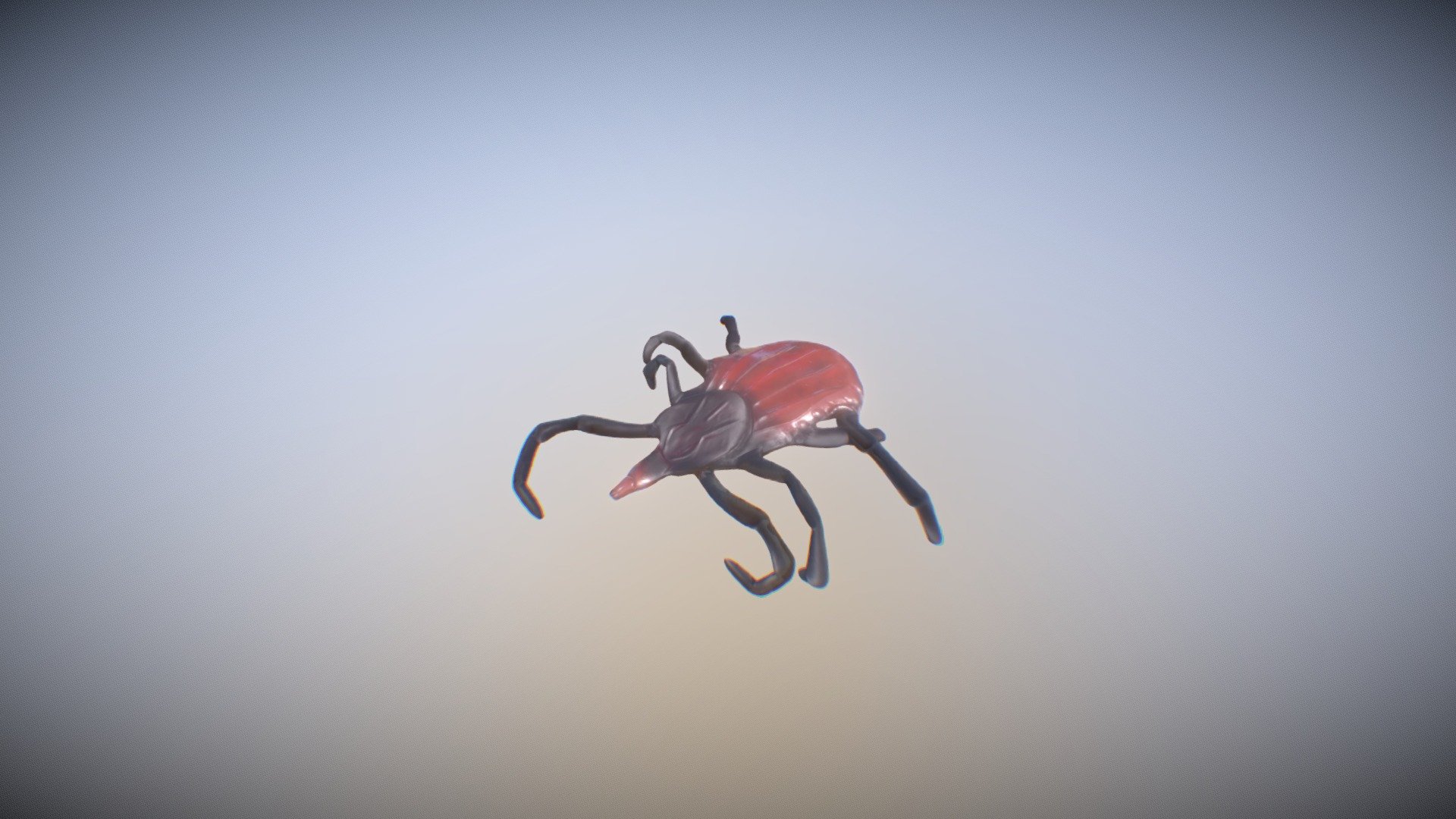
Tick
sketchfab
People often take a tick's walking cycle for granted, but it's actually quite fascinating when you think about it. Ticks are tiny arachnids that feed on the blood of animals and humans, and their unique walking pattern is crucial to their survival. A tick's walking cycle consists of three stages: the larval stage, the nymphal stage, and the adult stage. During each stage, ticks undergo a series of physical changes as they grow and mature. The larval stage is when ticks are first born. At this point, they are tiny and helpless, but they already have the instinct to feed on blood. They will attach themselves to a host animal and begin feeding, which allows them to grow and develop into the next stage. As ticks progress through each stage, their physical characteristics change significantly. For example, during the nymphal stage, ticks shed their skin several times as they outgrow it, much like humans do when we outgrow our clothes. This process is called ecdysis, and it allows ticks to continue growing and developing until they reach adulthood. Adult ticks are the final stage of a tick's life cycle. At this point, they have reached full size and are ready to reproduce. Female ticks lay eggs that will hatch into larvae, starting the cycle over again. Ticks' walking cycles are influenced by various environmental factors, including temperature, humidity, and the presence of hosts. For example, some species of ticks are more active in warmer temperatures, while others prefer cooler conditions.
With this file you will be able to print Tick with your 3D printer. Click on the button and save the file on your computer to work, edit or customize your design. You can also find more 3D designs for printers on Tick.
